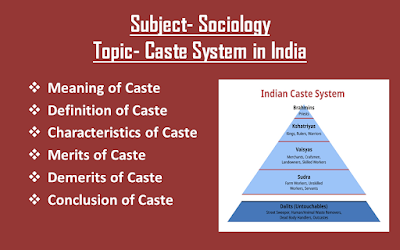Social Structure- Meaning, Definition and Characteristics
# Meaning of Social Structure
The word social structure was first introduced by Herbert Spencer in 1873, who was an English philosopher, sociologist, and anthropologist. We generally consider him to be a functionalist sociologist.
Social structure refers to the organized and patterned relationships between individuals and groups within a society, including institutions, roles, norms, hierarchies, and relationships.
Social structure refers to the complex network of social relations that exist among the members of a given community at a particular time.
The term social structure points to the fact that society is structured that is organized or arranged in a particular ways.
# Definition of Social Structure
1. According to Emile Durkheim:- “Social structure is the set of social facts that constrain individual behavior, including institutions, norms, and values.”
2. According to MacIver:- “Social structure is the pattern of significant relationships which persists through time.”
3. According to Max Weber:- "Social structure refers to the ways in which social relationships are organized and patterned, including the distribution of power, wealth, and prestige, and the ways in which individuals and groups interact with one another.“
4. According to Anthony Giddens:- "Social structure is the medium and outcome of social practices, shaping and shaped by individual and collective agency."
# Characteristics of Social Structure
1. Patterned:- Social structure follows established patterns and norms, which provide a framework for individual behavior and social interactions.
2. Repetitive:- Social interactions and relationships are repeated over time, creating a sense of stability and predictability.
3. Interconnected:- Social components, such as institutions, roles, and norms, are linked and influence one another.
4. Dynamic:- Social structure changes over time, adapting to internal and external factors, such as technological advancements or economic shifts.
5. Complex:- Social structure involves multiple, complex relationships and institutions, making it challenging to understand and analyze.
6. Institutionalized:- Social structure is shaped by institutions, such as family, education, and government, which provide a framework for social behavior.
7. Changeable:- Social structure can change over time, adapting to new circumstances and challenges.
8. Interdependent:- Social components are interdependent and influence one another, creating a complex web of relationships.
9. Social stratification:- Social structure involves systems of ranking and stratification, which shape access to resources and opportunities.
10. Social mobility:- Social structure allows for movement between social positions, enabling individuals to improve their social status.
Watch video on YouTube





